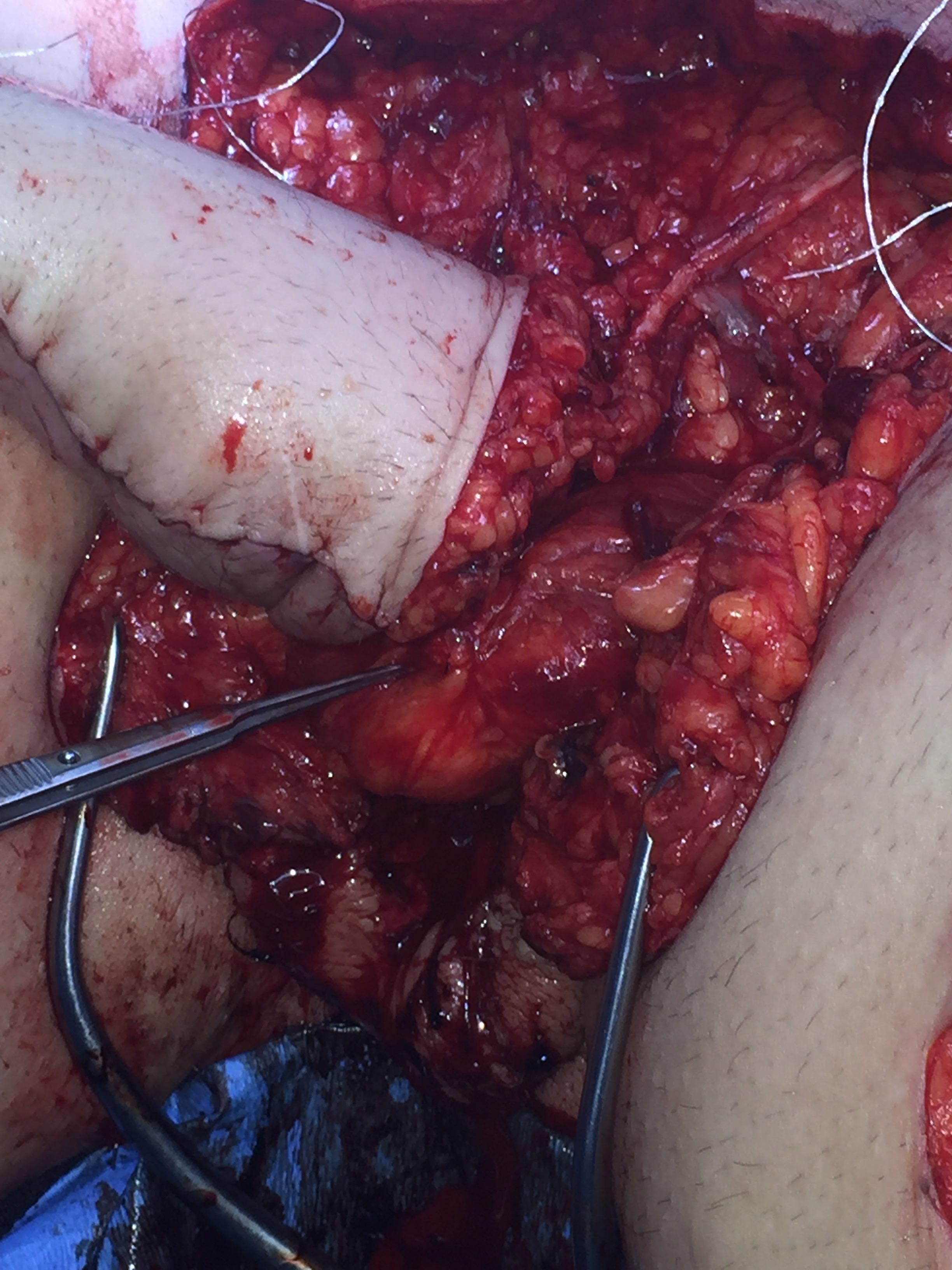Back to 2016 Annual Meeting
Immediate Pedicled Gracilis Flap in Radial Forearm Flap Phalloplasty for Transgender Male Patients to Reduce Urinary Fistula
Sarah A. Eidelson, MD, Christopher J. Salgado, MD.
University of Miami, Miami, FL, USA.
Background: Radial forearm phalloplasty is plagued by high rates of fistula formation. We examined the effect of placing a pedicled gracilis myofascial flap around the urethral anastomosis at the time of radial forearm flap transfer on the development of post-operative urethrocutaneous fistula.
Methods: Fifteen patients underwent phalloplasty with urethroplasty between June 2012 and October 2015 and met inclusion and exclusion criteria for the study. We retrospectively reviewed patients’ medical records and extracted patient demographic data, prelamination technique (mucosa, skin graft, both, or neither), and whether or not a gracilis myofascial flap was harvested at the time of flap transfer and used to reinforce the native and neourethra anastomosis. The chi-squared test was used to evaluate the association between the presence of a gracilis flap and fistula formation.
Results: Four patients received a gracilis flap as part of their primary phalloplasty operation. None of these patients developed a fistula. Eleven patients did not receive a gracilis flap at the time of initial surgery and seven developed a fistula.
Conclusion: In our patient series, inclusion of a pedicled myofascial gracilis flap at time of radial forearm phalloplasty with urethroplasty was associated with an absence of fistula formation. We have since made inclusion of this flap a standard practice for all trans-males undergoing phalloplasty with urethroplasty.
  
Back to 2016 Annual Meeting
|
